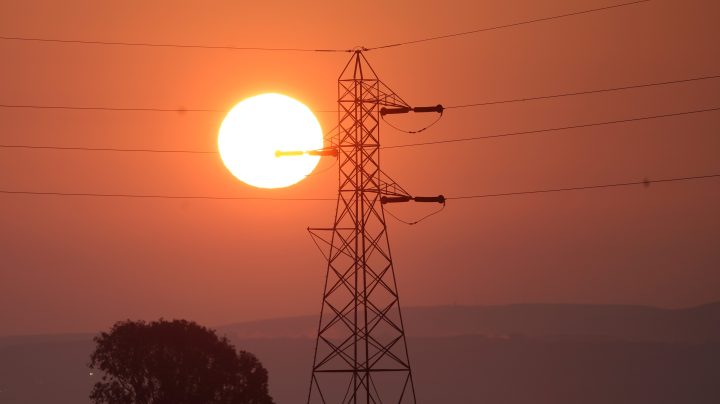In Texas, California and even in some parts of the Midwest, electricity providers are
warning people about spikes in demand due to hot weather and maintenance issues. And they might be urging people to prepare for some rolling blackouts if supply can't keep up.
This new reality of demand consistently outpacing supply has some power providers questioning the model and trying to figure out what might work best to keep the lights on.
In Texas, there's a window of time that power plants can shut down for maintenance.
ERCOT, the state's grid operator, dictates they do so between Sept. 15 and May 15 when, traditionally, the weather is relatively mild.
"Well, it just so happens that summer came a couple of weeks early this year and we were caught with a lot of our power plants actually offline," said Joshua Rhodes, a research associate at University of Texas, Austin.
He said in terms of capacity, the state should be OK, and he's cautiously optimistic that utilities won't have to implement rolling blackouts this week. But, "things do look tight. This is a little early in the season to be this tight. So it's a little unnerving," he said.
After a winter storm two years ago that left hundreds dead and millions without power, Texas lawmakers passed laws to shore up its power grid and invest in new supply, much of it fueled by natural gas. Critics are dubious.
"Dozens of really large, centralized power plants that burn fossil fuels to shore up your grid is a losing proposition," said Doug Lewin, president of Stoic Energy Consulting.
Lewin said lawmakers are trying to solve 21st century problems with 20th century solutions. "So I think we should be rethinking models. Nobody has figured this out," he said.
And, he said, everyone's trying to come up with a solution. California has a different approach from Texas, mandating more of its electricity come from renewables instead of letting the market decide.
Some have expressed concern about whether California's grid is ready for all that renewable energy. But Brian Tarroja, a researcher at the University of California, Irvine, said that's the wrong question to ask.
"What we should talk about is not so much the question of whether the grid is 'ready for it,' but what are the steps that need to be taken to accommodate these new resources?" he said.
According to Tarroja, building the solar plants, wind farms and battery storage is the first part of the equation. Then states have to build the infrastructure to get that electricity from the power plants into people's homes and businesses.
